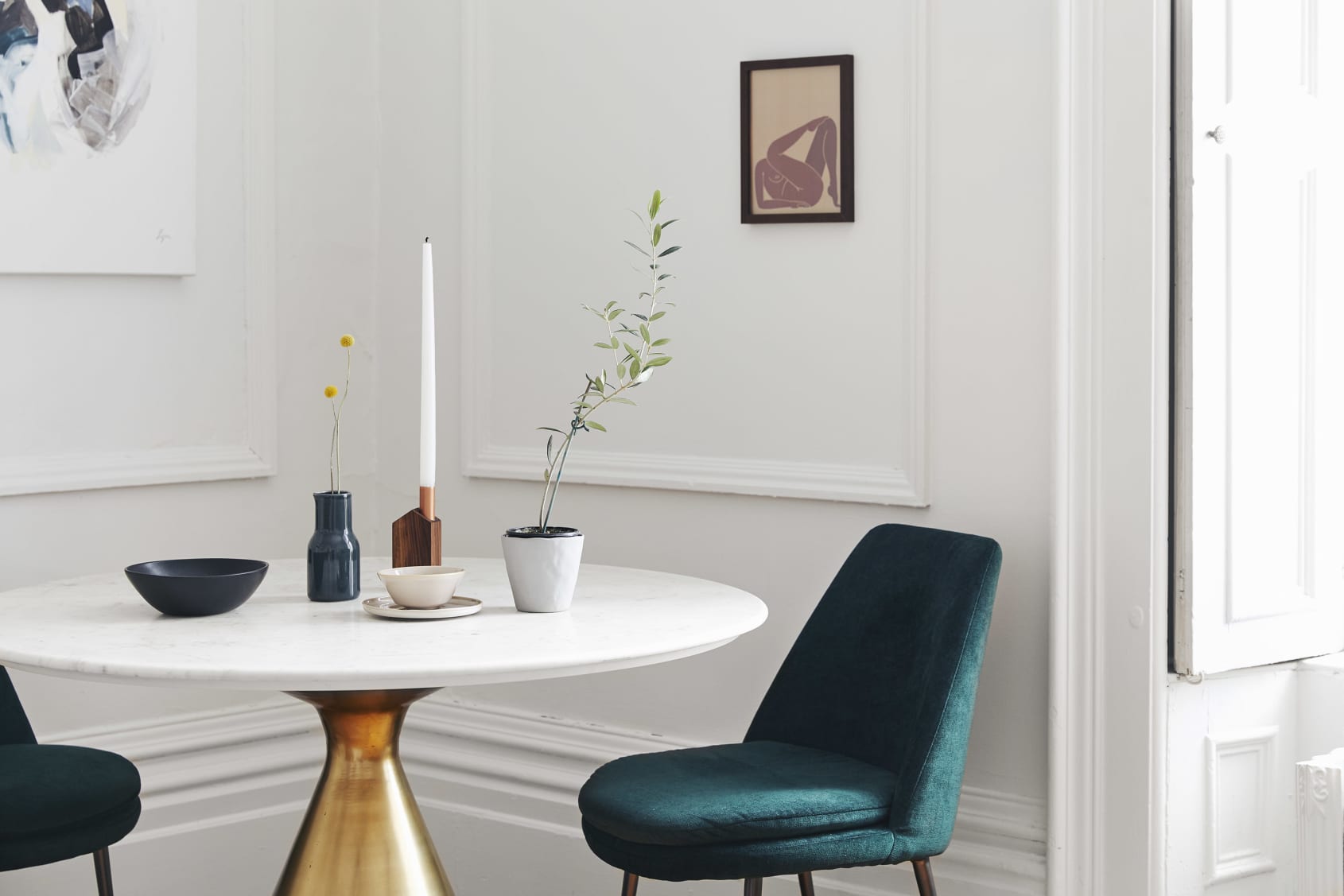BIJOU
Living Therapy

BIJOU aims at improving human wellbeing through
design. And it does so by creating interiors that take inspiration
from features of the natural world that have proven to be beneficial
to us.
Wellbeing & Nature
But how exactly do interior design, wellbeing and nature relate? What is the link between wellbeing and nature? Actually, spending time in contact with nature has proven to affect our bodies and minds in many ways. One could write a book exploring them all in depth, but here are some examples:
- natural light supplies our bodies with vitamin D (which helps preventing several diseases including obesity, diabetes, hypertension, depression and neuro-degenerative diseases*)
- exposure to decreases anxiety and increases memory nature
- spending time in nature improves creativity and problem solving
- nature acts as mood booster and — since natural landscapes are compelling to our senses — they can effectively distract us from negative thoughts
- observing nature makes us feel part of something bigger and this has numerous positive effects. It helps us put our concerns in perspective, stimulates a positive mindset and a general sense of gratitude and even makes us more prone to help each other!
- certain plants act as natural air purifiers
📌 Learn more about positive effects of interior design for human psychological health
THE EFFECTS OF INTERIOR DESIGN ON PHYSICAL HEALTH
A healthy interior design is one that takes good care of:
- Indoor air quality Indoor air is often more polluted than the outdoor one. In particular, it is stuffed with harmful VOCs, that are released by building materials, glues, cleaning & air freshening products, burning reactions (like wood stoves, candles and incenses) etc.
- Lighting The way we function is very much influenced by light: we’re awake during the day and sleepy when the dark comes. This innate biological clock is called circadian rhythm and it’s at the base of our overall wellbeing. Therefore, artificial lighting shouldn’t just provide enough light to allow us to see. It should also follow our natural cycle by adapting both temperature and intensity of light to the time of day. This wellbeing-oriented approach to light is called Human Centric Lighting, and its importance is being more and more recognized in the design industry. It has even been one of the 5 main lighting innovations presented at Euroluce 2019!
- Ergonomics and movement The word ergonomics refers to the positions we assume while we sit, stand or lay down, and interior design can help us to assume healthy positions. A careful space layout can even invite people to move around and explore the space. Because — as they say — sitting is the new smoking.
- Thermal comfort A space that is too hot or too cold can affect our mood and productivity. The definition of thermal comfort is very personal, but it is generally important to achieve it through appropriate temperature & air variations.
- Acoustic comfort Ensuring the best possible acoustic comfort in a space goes all the way from avoiding unpleasant echoes to creating silent areas where needed — namely what biophilic design would call refuge areas